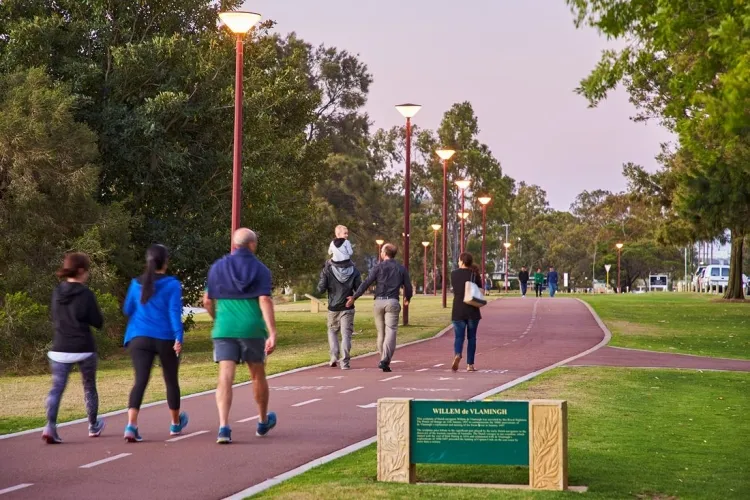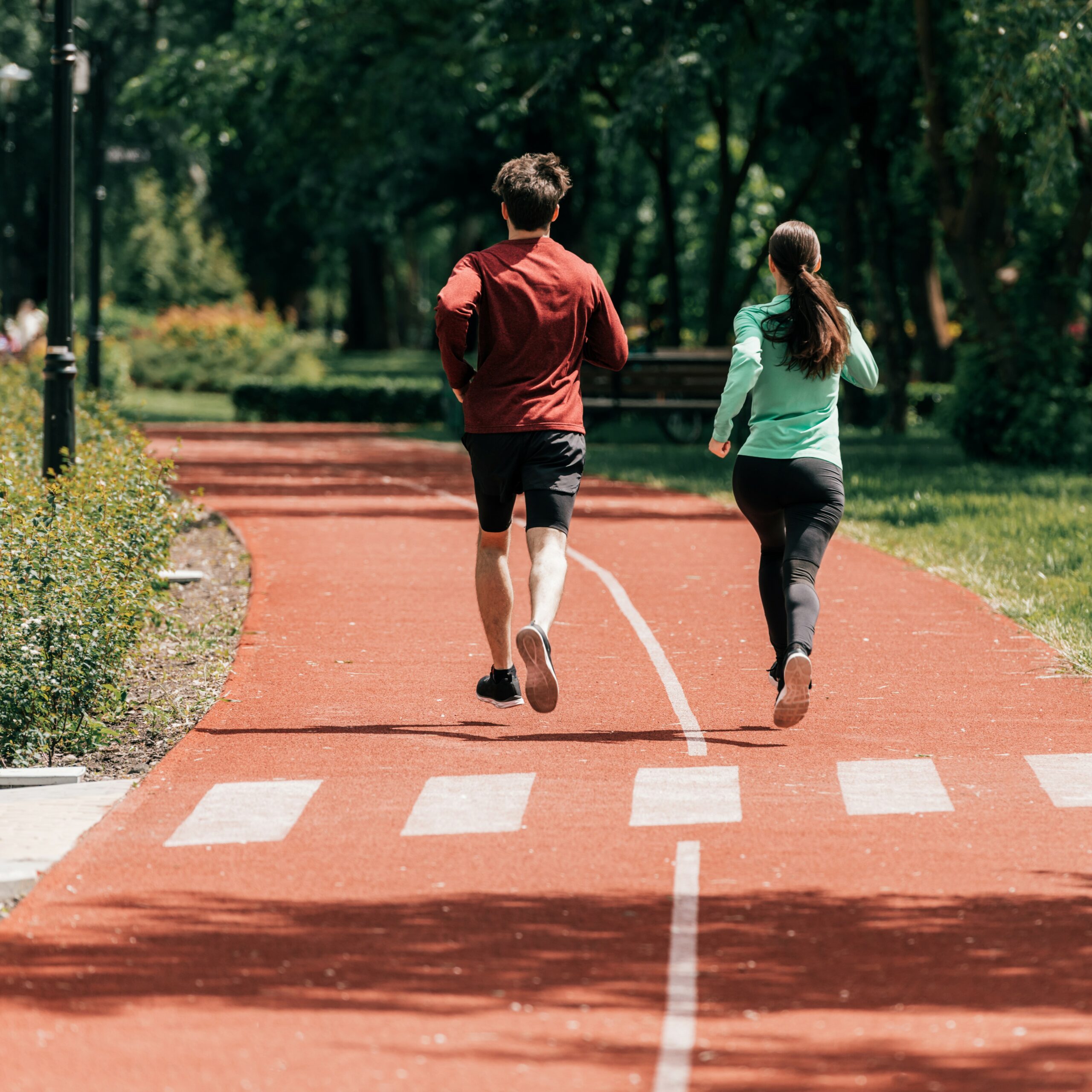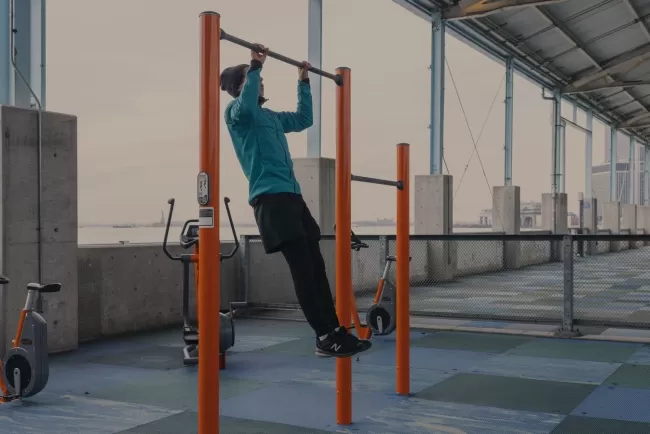Walking Tracks: Routes to Health and Well-being...!!!
Walking tracks are dedicated paths intended for walking, jogging, and running. These tracks are found in parks, urban settings, countryside areas, and even within private properties. They provide a safe and accessible environment for physical activities, fostering health, fitness, and overall well-being.

Benefits of Walking Tracks
Walking tracks offer numerous advantages that support physical, mental, and social well-being:
-
Physical Health: Regular walking helps maintain a healthy weight, improves cardiovascular health, strengthens muscles and bones, and reduces the risk of chronic diseases such as diabetes, hypertension, and heart disease. Walking tracks provide a convenient space for individuals to incorporate physical activity into their daily routines.
-
Mental Health: Walking has been shown to reduce stress, anxiety, and depression. It stimulates the release of endorphins, which enhance mood and promote a sense of well-being. Walking tracks, often set in scenic environments, provide a calming and rejuvenating experience.
-
Social Interaction: Walking tracks serve as social hubs where people can meet, interact, and form connections. Group walks, community events, and fitness classes held on walking tracks foster a sense of community and encourage social interactions.
-
Accessibility and Inclusivity: Walking tracks are designed to be accessible to people of all ages and fitness levels. They offer a safe and level surface, making them suitable for children, elderly individuals, and those with mobility challenges.
Types of Walking Tracks
Walking tracks come in various forms, each tailored to different preferences and settings. Some common types include:
-
Park Walking Tracks: These tracks are typically located within public parks and gardens. They often feature scenic routes, shaded areas, and amenities such as benches, water fountains, and restrooms. Park walking tracks provide a pleasant environment for leisurely strolls and fitness activities.
-
Urban Walking Tracks: Urban walking tracks are integrated into city landscapes, often running alongside streets, waterfronts, and public spaces. They offer a convenient option for city dwellers to engage in physical activity without having to travel far. Urban walking tracks may also feature art installations, historical markers, and green spaces.
-
Nature Trails: Nature trails are walking tracks set within natural landscapes such as forests, mountains, and coastal areas. These trails offer a more rugged and adventurous experience, allowing walkers to immerse themselves in nature and enjoy scenic vistas, wildlife, and diverse plant life.
-
School and Campus Tracks: Educational institutions often have walking tracks on their campuses, providing students, faculty, and staff with a safe and accessible space for exercise. These tracks may be part of sports facilities or standalone pathways.
-
Fitness and Recreational Tracks: Some walking tracks are specifically designed for fitness and recreational purposes, featuring markers for distance and time intervals. These tracks may be part of fitness centers, sports complexes, or community centers, and they often support activities such as jogging, running, and interval training.

Features of Walking Tracks
Walking tracks are designed to support various activities and ensure a safe and enjoyable experience. Common features include:
-
Paved and Non-Paved Surfaces: Walking tracks can have different surfaces, including asphalt, concrete, gravel, and natural terrain. Paved surfaces offer a smooth and even path, while non-paved surfaces provide a more natural walking experience.
-
Lighting: Adequate lighting is essential for the safety and visibility of walkers, especially in the early morning or evening hours. Walking tracks often feature well-placed lighting fixtures to ensure a well-lit path.
-
Signage and Markers: Informational signage and distance markers help walkers navigate the track and monitor their progress. Signage may include directional arrows, safety instructions, and educational information about the surrounding environment.
-
Seating and Rest Areas: Benches and rest areas provide places for walkers to take breaks, relax, and enjoy the surroundings. These areas are strategically placed along the track for convenience and comfort.
-
Accessibility Features: Walking tracks are designed to be inclusive, with features such as ramps, handrails, and wide pathways to accommodate individuals with mobility challenges. Accessibility features ensure that everyone can enjoy the benefits of walking tracks.
-
Landscaping and Aesthetic Enhancements: Landscaping elements such as trees, shrubs, and flowers enhance the beauty and appeal of walking tracks. Aesthetic enhancements create a pleasant and inviting atmosphere for walkers.
Design Considerations
When designing walking tracks, several factors must be considered to ensure their effectiveness and usability:
-
Location: The location of walking tracks should be easily accessible to the community and integrated into existing infrastructure. Tracks should be situated in safe and well-maintained areas.
-
Surface Material: The choice of surface material depends on the intended use and environment of the walking track. Paved surfaces are suitable for urban areas, while natural terrain may be preferred for nature trails.
-
Width and Length: Walking tracks should be wide enough to accommodate multiple users and allow for safe passing. The length of the track should provide sufficient space for various activities, from short walks to extended fitness routines.
-
Safety Features: Safety is a priority when designing walking tracks. Features such as lighting, signage, and emergency contact points should be incorporated to ensure the well-being of users.
Conclusion
Walking tracks are invaluable resources that promote health, wellness, and community engagement. They offer accessible and inclusive spaces for individuals to engage in physical activity, enjoy nature, and connect with others. By providing safe, well-designed, and aesthetically pleasing walking tracks, communities can encourage healthy lifestyles and enhance the overall quality of life for their residents.
What's Your Reaction?

















